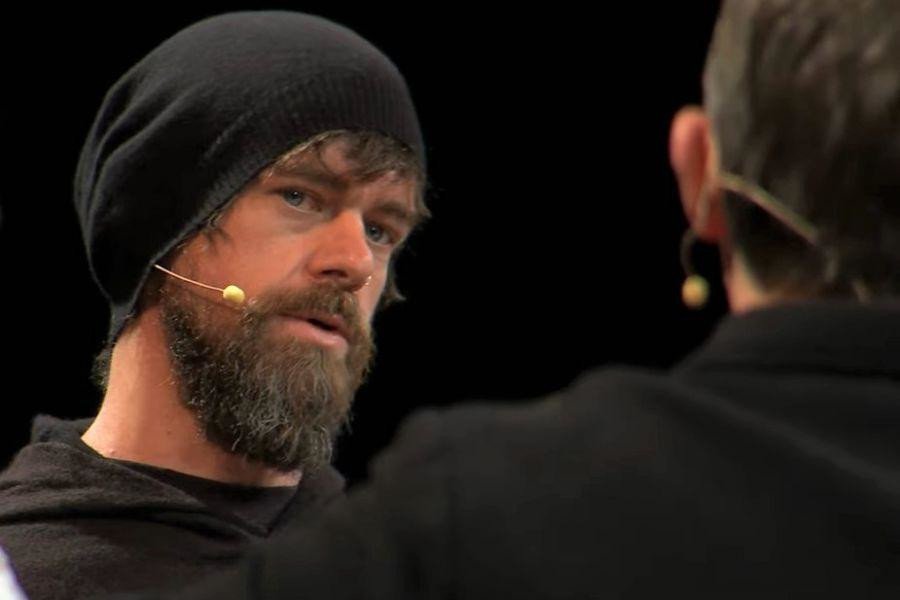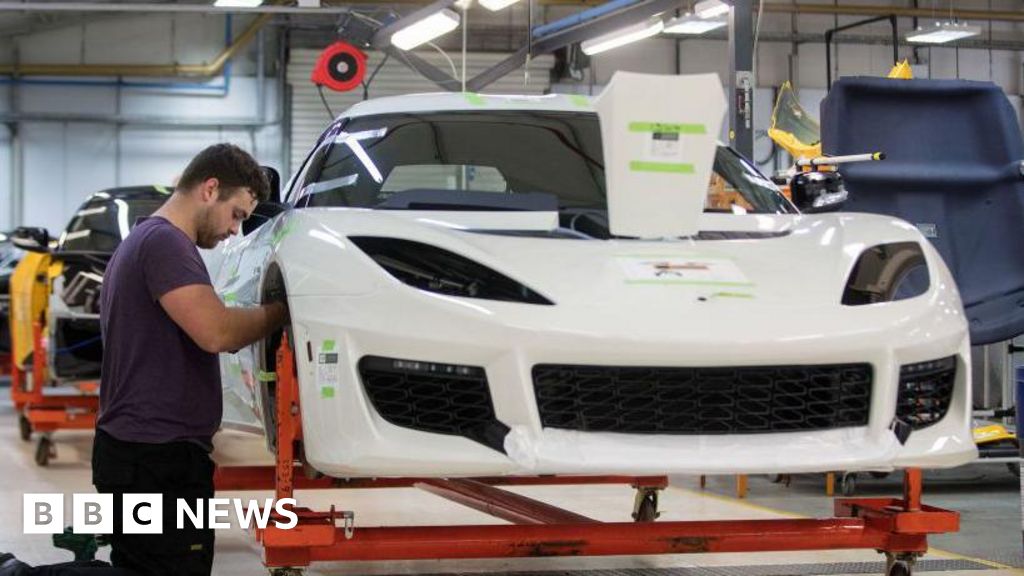Nothing prepares you for a coronation — not quite, not fully. King Charles III had waited seven decades for his moment, he had rehearsed the ceremony in the days before, yet as he approached the doors of Westminster Abbey, his face betrayed his anxiety. He turned, he muttered, he fidgeted.
For much of the two-hour service, his expression was, if not exactly a grimace, a study in suspense. When the two-kilogramme St Edward’s Crown was placed on his head, he closed his eyes sombrely. Queen Camilla braced herself similarly when her own turn came.
The audience were unprepared for the coronation, probably more so. No-one much younger than the 74-year old king could remember the last one, which took place when Winston Churchill was prime minister.
More than 2,000 people filed into the Abbey, and their eyes seemed to widen at the plethora of colourful garments, the grandeur of the jewels, the assortment of the great, the good and the deserving. Observing the singer Lionel Richie sitting next to the former Australian foreign secretary Julie Bishop gave a sense of the strangeness of the occasion. There were roles for people with titles such as the Lady of the Order of the Thistle and the Rouge Dragon Pursuivant.
It would be wrong to say that the British public had been gripped by the prospect of the coronation. Two-fifths thought it was a waste of taxpayer money, according to one poll. Two-thirds didn’t care about it very much or at all, according to another. After all, there had been a glut of royal pageantry in the past year: Elizabeth II’s platinum jubilee weekend last June, followed by her funeral in September.
Yet, as so often, royal ceremony proved almost irresistible. Foremost was the music, guided, we are told, by the king himself. Westminster Abbey is a fragmented building, where few seats have a direct view of the central space. It has been hosting coronations since 1066, which means that for many centuries, most attendees must have been craning their necks. Because of that, and because most of the congregation had to be seated for two hours before the main service began, the music mattered.
The choir’s rendition of Handel’s Zadok The Priest, sung in the most sacred moment of the service as the King was anointed with oil behind a screen, was a triumph. When the congregation later responded with the words “God Save the King”, the noise reverberated deep into the stonework.
The coronation, still a Christian service above all, was intended to underline Charles III’s commitment to duty. The sermon by the Archbishop of Canterbury Justin Welby placed the king in the context of Jesus Christ: “anointed not to be served, but to serve”.
In truth, Charles III has already offered much service and undergone many initiations: a spell in the armed forces, mockery by the media, endless public engagements. The coronation is just one more ritual. You might even argue it was superfluous: he has been king since September. But this ceremony helped to draw the line between the fallible, opinionated prince that he was and the unimpeachable, neutral monarch that he is supposed to be today.
Beforehand, there had been some grumbling about a new oath of allegiance — introduced to enable the public to express their loyalty to the king. It did not seem very British; it seemed almost — gasp — American.
The previous arrangement had been even worse — a few aristocrats expressed their loyalty — but fixing anything in the British constitution is fraught with risk. In the event, the call for the oath, never intended to be mandatory, was toned down to an invitation. At least in Westminster Abbey, the congregation took the invitation up gladly, proving perhaps that you can cajole the British public to do anything as long as you pretend you are not.
Prince William, next in line to the throne, swore allegiance to his father, sealed by a kiss on his cheek. His brother Prince Harry, who has left royal duties and who four months ago published an angry memoir, processed in with his cousins and his uncle Prince Andrew and was seated in the third row. His wife Meghan stayed at home in California. The Windsors’ divisions remain and do not appear to have widened.
In preparation for Elizabeth II’s coronation in 1953, the Abbey was closed for five months, Charles could not match that, nor could the 4,000 troops in his procession match hers. What his coronation offered was more diversity: participation of female bishops for the first time, and more representation of other faiths — a personal passion of his.
The diversity had limits. The whole of Britain, let alone the Commonwealth, could not fit into the coronation. Britain is not simply the gleam of the orb; it is the gloom of the sky outside. It is not only the flag-waving faithful on the Mall; it is the republican protesters who were arrested in Trafalgar Square. It is not just the millions who gaped at the television; it is the millions who were more interested in the afternoon’s football.
Yet those squeezed into the Abbey and around the TV felt more than enough. By early afternoon, King Charles III was smiling down at crowds from a Buckingham Palace balcony. Nothing prepared us for the coronation, but the coronation has prepared us for what is to come: a monarch who may never reach the acclaim of Elizabeth II, but who will nonetheless deftly funnel two millennia of tradition into Britain’s national consciousness.
Credit: Source link











